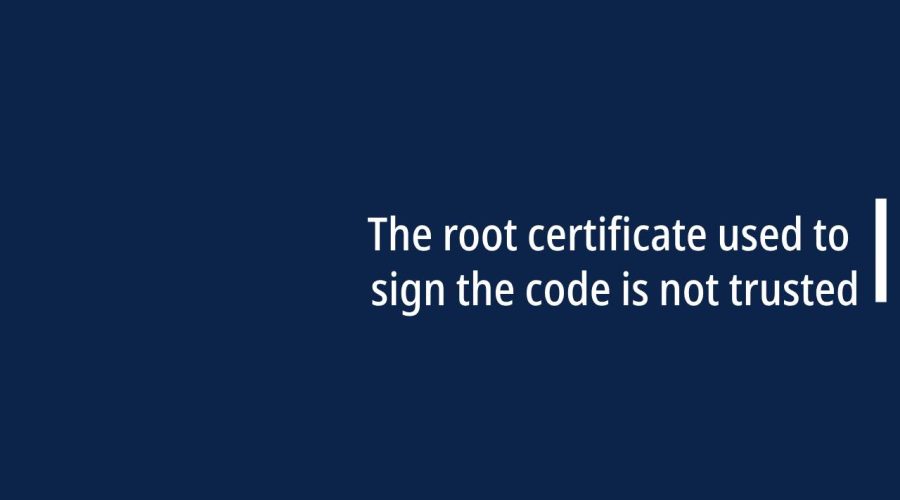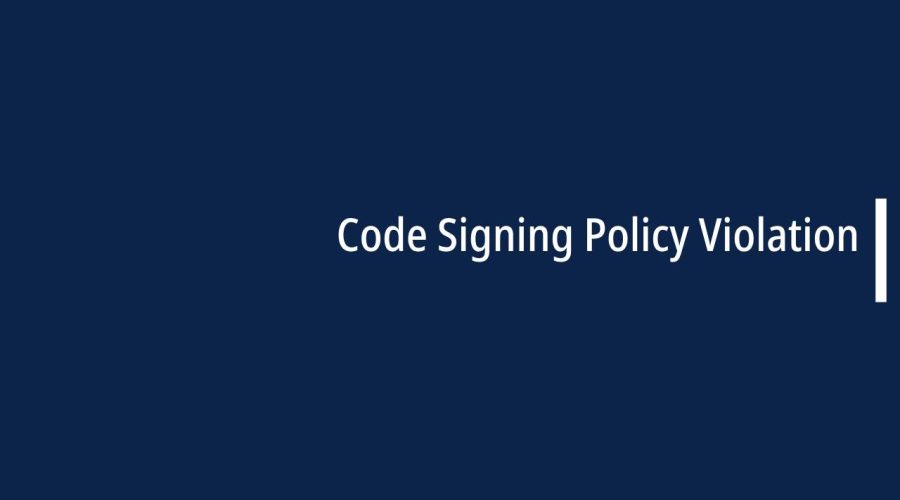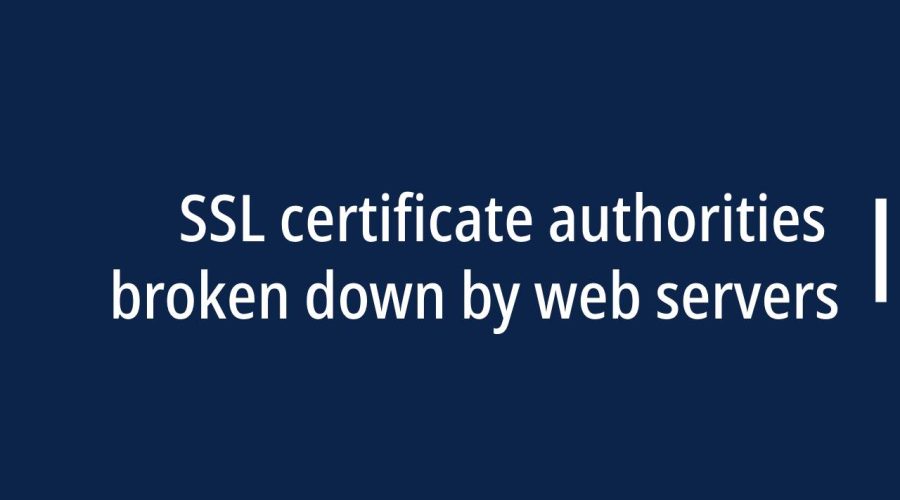Risks and Challenges with Compromised Code Signing Certificates
When we download and install software, we do so with the expectation that the code originates from a legitimate source and hasn't been tampered with. Code signing, a cornerstone of digital trust, serves this very purpose. However, even the most robust security measures can be vulnerable, and compromised code signing
Read moreStreamlining Security: Integrating Code-Signing into Your CI/CD Pipeline
Continuous integration and continuous delivery (CI/CD) pipelines have become the backbone of modern development workflows, enabling rapid and efficient software delivery. However, integrating security best practices within these pipelines can sometimes become an obstacle to the speed and efficiency they offer. This is where code-signing comes in, providing a seamless
Read moreMost Popular Code Signing Certificate Errors
Expired Certificate: Error: "The certificate has expired." Solution: Renew the code signing certificate before it expires. Obtain a new certificate from the certificate authority and update your signing process with the new certificate. Invalid Certificate: Error: "The certificate is not valid." Solution: Ensure that the code signing certificate is issued
Read moreHow to Solve “The root certificate used to sign the code is not trusted” Error?
If you encounter an error stating that "the root certificate used to sign the code is not trusted," it indicates that the root certificate used in the code signing process is not recognized or trusted by the system or platform where the code is being executed. This can lead to
Read moreHow to Solve “Code has been Tampered with or Repackaged” Error?
If you receive an error or warning indicating that "code has been tampered with or repackaged," it suggests that the integrity of the application has been compromised. This is a serious concern for security and trust. The error message "Code has been tampered with or repackaged" typically indicates that the
Read moreHow to Solve “Code Signing Policy Violation” Error?
If you encounter a "Code Signing Policy Violation" error, it typically means that your code signing process doesn't comply with the policies set by the platform or service you are attempting to sign the code for. A "Code Signing Policy Violation" typically refers to a situation where the code signing
Read moreHow to Solve Unable to Contact the Code Signing Server Error?
If you're encountering an "Unable to contact the code signing server" error, it suggests that your application or development environment is having trouble communicating with the server responsible for code signing. The error message "Unable to contact the code signing server" suggests that the software or system you are using
Read moreHow to Solve Unrecognized file format for code signing Error?
The "Unrecognized file format for code signing" error typically occurs when there's an issue with the code signing process. This error may be encountered during the development of software, especially when attempting to sign executable files or packages. Here are some steps you can take to resolve this error: The
Read moreThe Role of Artificial Intelligence in SSL Certificate
In an era where data privacy and security have become paramount, the amalgamation of SSL certificates and Artificial Intelligence (AI) stands at the forefront of fortifying digital security. SSL certificates, the bedrock of secure online communication, and AI, the catalyst for identifying and responding to evolving threats, combine to create
Read moreUsage of SSL certificate authorities broken down by web servers
When it comes to securing web servers and the data transmitted between them and clients, SSL (Secure Sockets Layer) certificates are essential. SSL certificates are issued by Certificate Authorities (CAs) and are used to establish secure, encrypted connections. The choice of SSL certificate authority can vary based on the web
Read more








